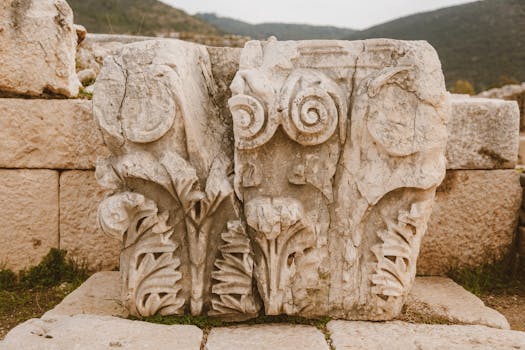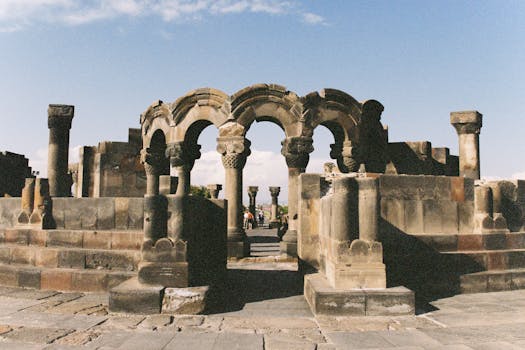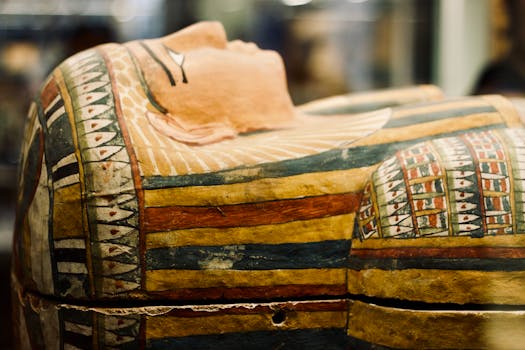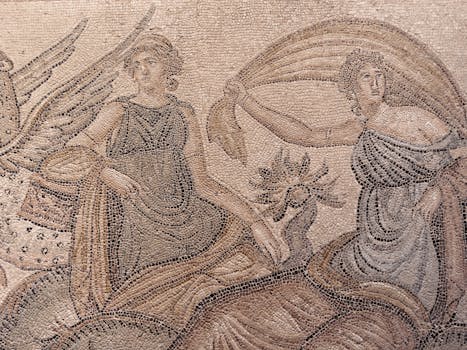
Cultural Heritage in Peril: The Fight to Preserve Ancient Artifacts
Takeaways:
- Cultural heritage is vital for maintaining our identity.
- Ancient artifacts face threats from conflict, climate change, and negligence.
- Global initiatives aim to protect and restore cultural heritage.
- Community involvement is crucial for successful preservation efforts.
Cultural heritage encompasses the tangible and intangible aspects of our history, including ancient artifacts that tell the story of our ancestors. Unfortunately, many of these treasures are currently in peril due to various threats such as armed conflict, environmental changes, and a lack of resources for preservation. This article examines the importance of safeguarding our cultural heritage and the ongoing fight to protect these invaluable artifacts.
The Importance of Cultural Heritage

These artifacts are not merely objects; they represent the creativity, ingenuity, and resilience of human civilization. By preserving our cultural heritage, we ensure that future generations can learn from and appreciate their history. Furthermore, cultural heritage contributes to societal cohesion and can stimulate economic growth through tourism and education.
Current Threats to Ancient Artifacts

Climate change poses another significant threat. Rising sea levels and extreme weather conditions can lead to the deterioration of ancient structures and artifacts. The recent flooding of Venice, Italy, serves as a stark reminder of how climate-related disasters can impact cultural heritage sites. Additionally, neglect and lack of funding for preservation efforts further exacerbate these issues, as many institutions struggle to maintain their collections.
Global Efforts to Preserve Cultural Heritage

Moreover, organizations like the Global Heritage Fund and the International Council on Monuments and Sites (ICOMOS) work tirelessly to raise awareness and secure funding for preservation projects. These entities often collaborate with local communities to create sustainable preservation practices that respect cultural contexts and foster local stewardship.
Community involvement is paramount in these efforts. Engaging local populations in the preservation process not only instills a sense of ownership but also ensures that cultural heritage is maintained in a way that reflects the values and traditions of the community. Education and outreach programs can empower individuals to take action and advocate for the protection of their cultural heritage.
Conclusion







